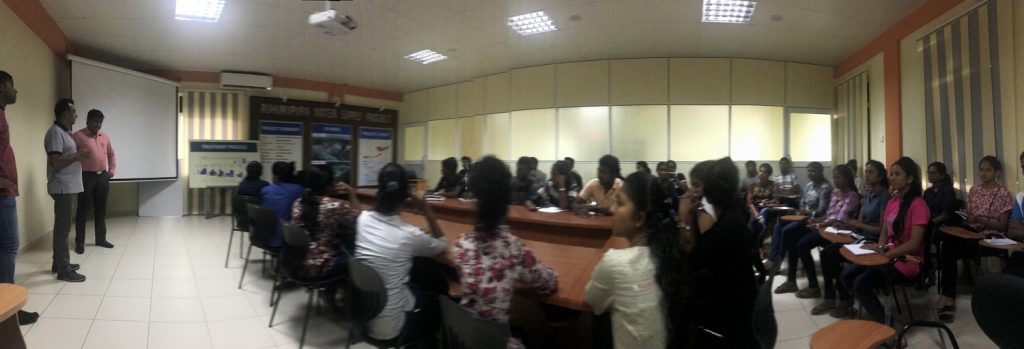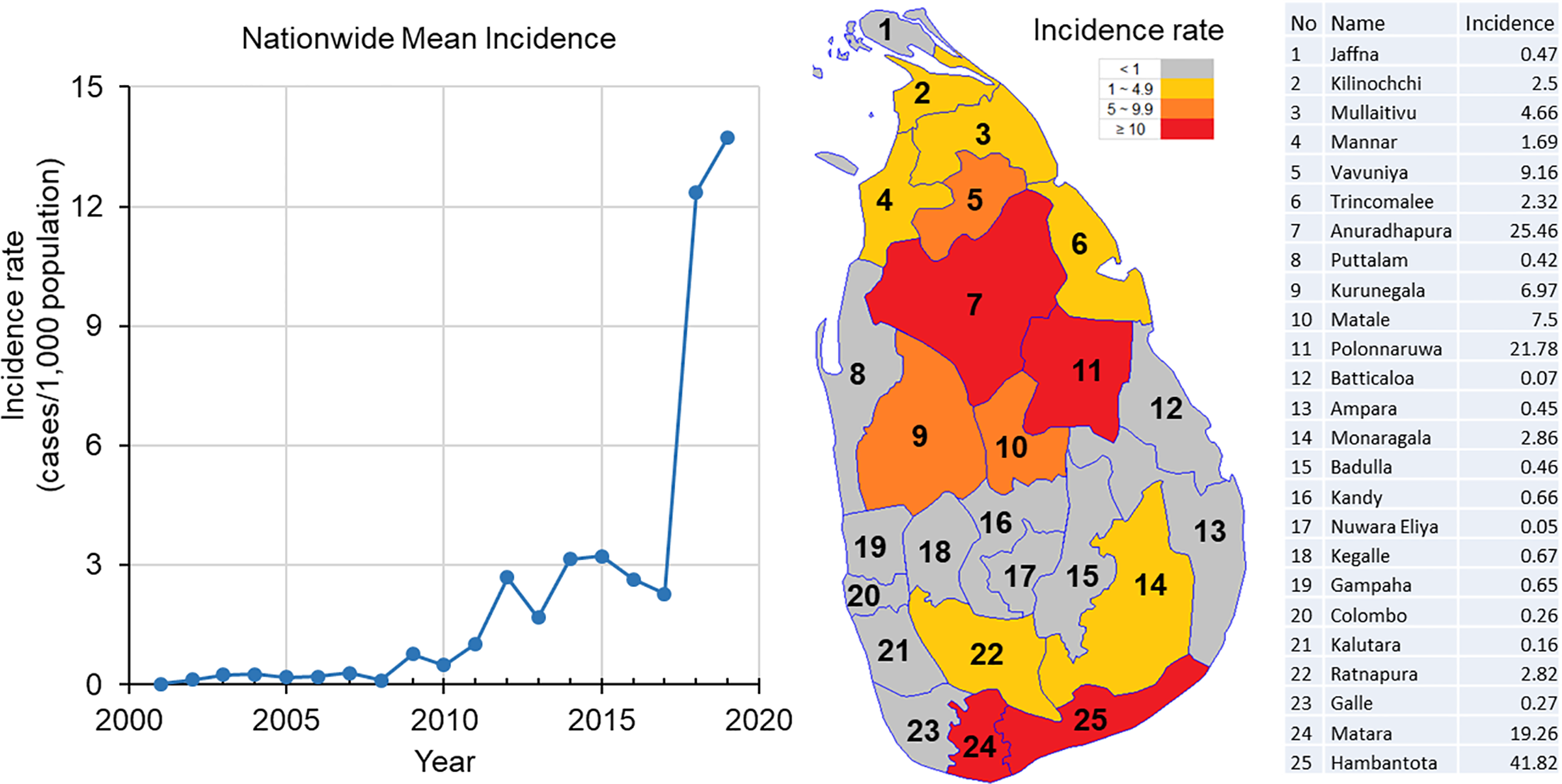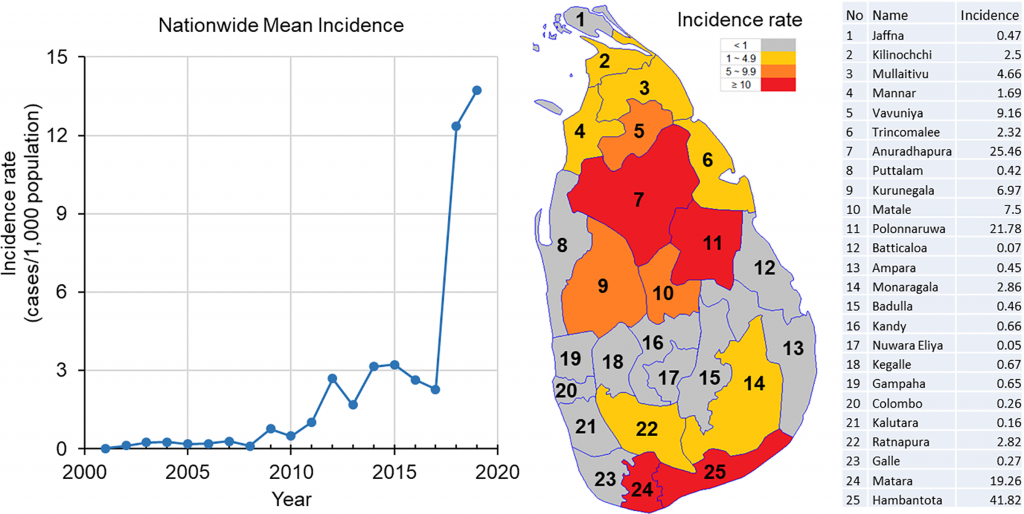
Following students have been qualified for the special degree programme. The selection interview will be held on 11th July at 5.00 pm. Please join the interview using the link below. Use your index number as the Zoom profile name.
| Zoology | ARM | Biology | |
| 1 | AS2018028 | AS2018021 | AS2018005 |
| 2 | AS2018250 | AS2018104 | AS2018037 |
| 3 | AS2018258 | AS2018119 | AS2018069 |
| 4 | AS2018064 | AS2018133 | AS2018234 |
| 5 | AS2018232 | AS2018144 | AS2018072 |
| 6 | AS2018148 | AS2018147 | AS2018233 |
| 7 | AS2018015 | AS2018172 | AS2018228 |
| 8 | AS2018009 | AS2018176 | AS2018252 |
| 9 | AS2018039 | AS2018189 | AS2018120 |
| 10 | AS2018261 | AS2018206 | AS2018153 |
| 11 | AS2018132 | AS2018219 | AS2018125 |
| 12 | AS2018140 | AS2018230 | AS2018185 |
| 13 | AS2018291 | AS2018236 | AS2018182 |
| 14 | AS2018075 | AS2018073 | |
| 15 | AS2018211 | AS2018007 | |
| 16 | AS2018003 | AS2018231 | |
| 17 | AS2018161 | AS2018171 | |
| 18 | AS2018150 | AS2018187 | |
| 19 | AS2018174 | AS2018272 | |
| 20 | AS2018092 | AS2018241 | |
| 21 | AS2018189 | ||
| 22 | AS2018129 | ||
Topic: Special student selection Interviews
Time: Jul 11, 2021 05:00 PM Mumbai, Kolkata, New Delhi
Join Zoom Meeting
https://learn.zoom.us/j/66815767110?pwd=THNqWUJqdTlhN1d5MURMK2x4T1Zwdz09
Meeting ID: 668 1576 7110
Passcode: +w1GPyLR
- 5.00 pm – ARM students
- 5.30 pm – Biology students
- 6.00 pm – Zoology students



 Authors:
Authors: 
